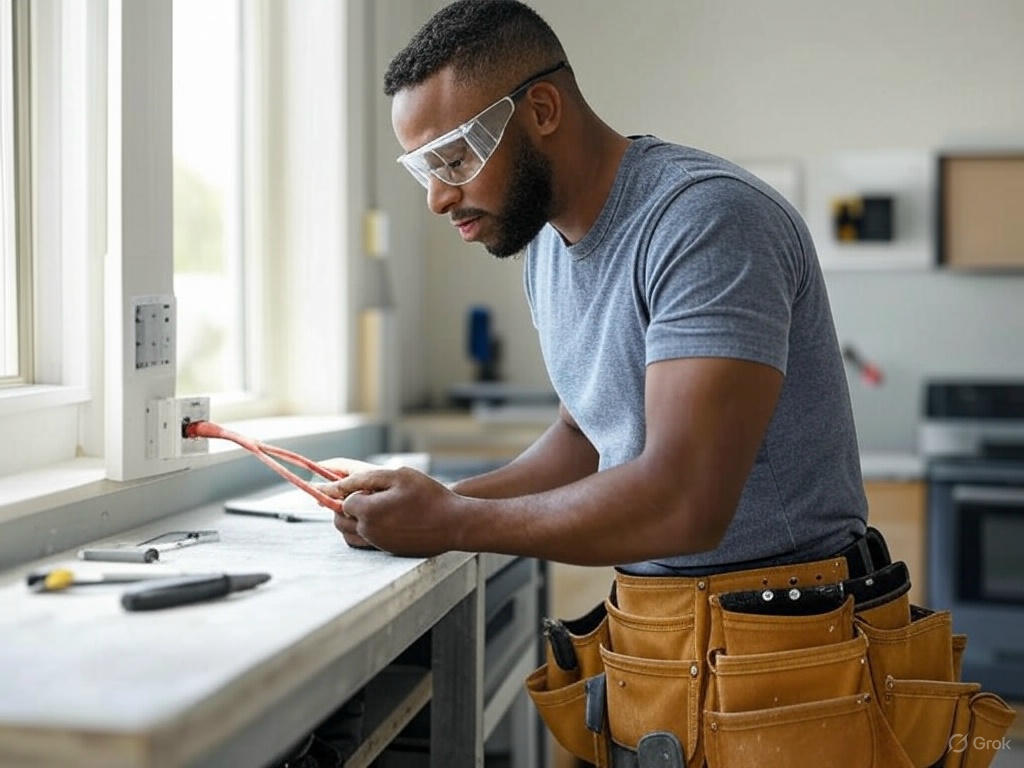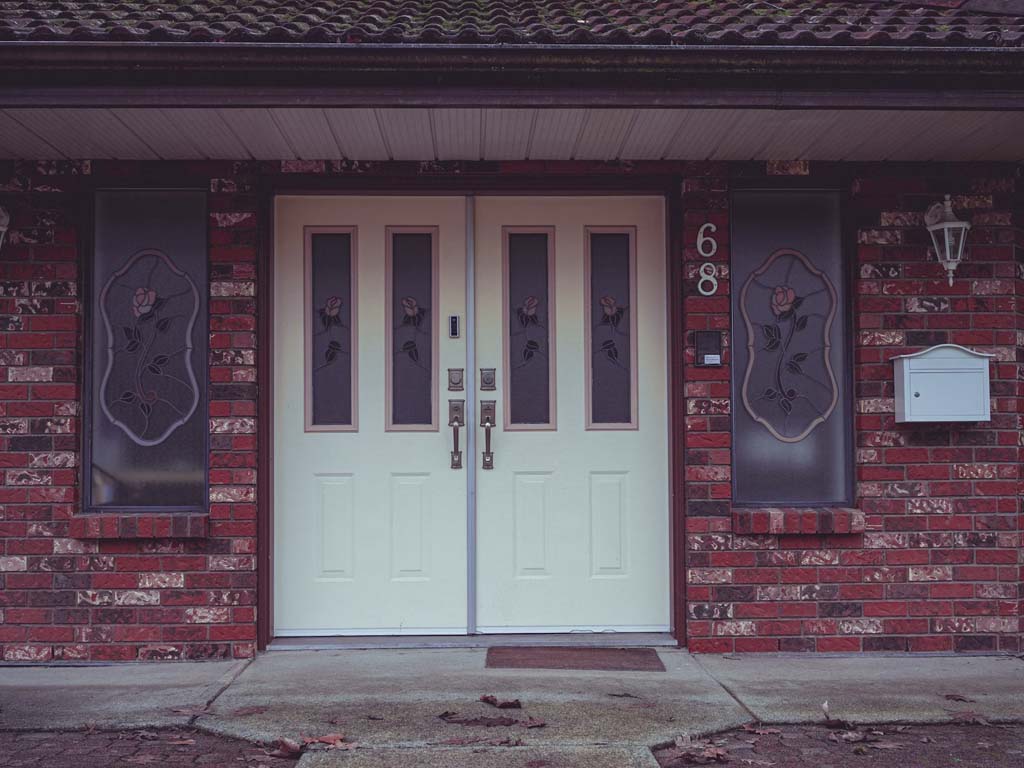Electrical issues in the home can be both frustrating and potentially dangerous. From a malfunctioning outlet to flickering lights or more complex problems like electrical surges, electrical repairs are often necessary to maintain a safe and functional home. However, when it comes to electrical work, not all repairs should be handled by the homeowner. Some fixes can be done by the average DIYer with a little know-how and the right tools, while others require the expertise of a licensed professional to ensure safety and compliance with building codes.
In this guide, we’ll explore common electrical repairs and provide you with advice on when you can tackle them yourself and when it’s best to call in a pro.
Why Electrical Repairs Matter
Before we dive into the specifics, it’s important to understand why electrical repairs should not be taken lightly. Electricity is a powerful force, and improper handling can result in:
– Fires: Faulty wiring, improper grounding, or overloading circuits can lead to electrical fires. According to the National Fire Protection Association (NFPA), electrical malfunctions are a leading cause of home fires.
– Electric Shocks: Mishandling electrical components can result in severe electric shocks, which can cause injury or even death.
– Code Violations: Electrical work must meet local building codes. DIY projects that don’t adhere to these codes can result in penalties, complications during home sales, or problems with insurance claims.
– Damage to Equipment: If an electrical repair is done incorrectly, it can damage your appliances, light fixtures, or the entire electrical system in your home.
When to DIY Electrical Repairs
While electrical work can be dangerous, there are plenty of minor electrical repairs that the average homeowner can handle safely, especially if they follow proper procedures. Here are some common electrical repairs that you can likely tackle yourself, provided you take the necessary precautions.
1. Replacing a Light Switch or Outlet
Replacing an old or faulty light switch or outlet is one of the most common DIY electrical repairs. If a switch is not working properly (e.g., it doesn’t turn the lights on or off) or if an outlet is damaged or loose, it’s usually a simple fix.
What You’ll Need:
– A screwdriver
– A voltage tester
– A replacement switch or outlet
– Wire cutters (if needed)
Steps to Follow:
1. Turn off the power at the breaker panel to the switch or outlet you’re replacing.
2. Remove the cover plate and use a voltage tester to confirm that the power is off.
3. Disconnect the wires from the old switch or outlet, making a note of where each wire is connected.
4. Install the new switch or outlet, ensuring the wires are connected properly.
5. Secure everything back in place and turn the power back on to test the new fixture.
When to Call a Pro: If you encounter wiring issues, like exposed or frayed wires, or if the new switch or outlet doesn’t function correctly after installation, it’s time to call a professional.
2. Changing Light Bulbs and Fixtures
Changing light bulbs seems simple enough, but when it comes to upgrading or changing light fixtures, you might need a little more skill. Installing a new light fixture, ceiling fan, or pendant light requires basic knowledge of wiring but can often be done safely by a DIYer.
What You’ll Need:
– A screwdriver
– A ladder (for high ceilings)
– Wire nuts and screws (if needed)
– Voltage tester
Steps to Follow:
1. Turn off the power at the breaker.
2. Remove the old fixture, being sure to carefully detach the wires.
3. Install the new fixture, following the manufacturer’s instructions for wiring and mounting.
4. Secure the fixture and test it to ensure it works properly.
When to Call a Pro: If the wiring in your ceiling is complicated or if you are unsure about the wiring connections, hiring an electrician is the safest option.
3. Resetting a Circuit Breaker
Sometimes a tripped circuit breaker is all that’s needed to restore power to a room or appliance. If an appliance or a room stops receiving power, the circuit breaker might have tripped.
What You’ll Need:
– No tools required
Steps to Follow:
1. Locate your breaker panel and find the breaker that is in the “off” position.
2. Flip the breaker back to the “on” position to restore power.
3. If the breaker trips again immediately, there may be a bigger issue, such as an overloaded circuit, faulty appliance, or underlying electrical problem.
When to Call a Pro: If the breaker trips repeatedly, it indicates a deeper issue, such as an overloaded circuit, faulty wiring, or an issue with the breaker itself, which requires professional attention.
When to Hire a Professional Electrician
While many electrical repairs can be done by DIYers, some issues are far too dangerous or complex to tackle without professional help. Here are several scenarios where it’s crucial to hire a licensed electrician:
1. Frequent Circuit Breaker Trips
If you notice that a particular breaker keeps tripping or if your home’s electrical system frequently overloads, it could be a sign of a serious issue, such as faulty wiring, an overloaded circuit, or a malfunctioning breaker. A licensed electrician will have the skills and tools necessary to troubleshoot and repair these problems.
2. Rewiring or Upgrading Electrical Systems
If your home is older and has outdated or unsafe wiring (such as knob-and-tube wiring), or if you’re planning on making major electrical upgrades (like adding new outlets or light fixtures to a room), you’ll need a professional. Rewiring involves a lot of complexity and must meet strict safety codes.
Why Hire a Pro:
– Ensures compliance with local building codes
– Prevents potential fire hazards
– Guarantees the job is done safely and correctly
3. Installing New Circuits or Adding an Outlet
If you’re adding a new outlet or circuit to your home (e.g., to install a new appliance or additional lighting), it’s best to call in an electrician. Installing a new circuit involves working with the main electrical panel and can be hazardous for untrained homeowners.
Why Hire a Pro:
– Ensures that the new circuit is properly connected and doesn’t overload your existing electrical system
– Prevents the risk of electrical shock or fire
4. Flickering Lights or Electrical Surges
If your lights flicker or you experience electrical surges or power fluctuations, it could indicate a problem with your wiring or an issue with your electrical panel. These problems should not be ignored, as they may lead to more serious issues, such as electrical fires.
Why Hire a Pro:
– Identifies and fixes wiring issues that could be causing surges or flickers
– Ensures the safety of your home’s electrical system
5. Exposed Wiring or Damaged Electrical Components
If you come across exposed or damaged wires, especially in areas like the attic, basement, or behind walls, it’s time to call an electrician. Damaged wiring can cause fires and electrical shocks and should be addressed by a professional.
Why Hire a Pro:
– Ensures safe, professional repairs and replacements
– Prevents the risk of electrical hazards
6. Code Violations or Home Inspections
If you’re selling or buying a home, you may need to address electrical code violations that were either missed during previous renovations or have developed over time. A professional electrician can ensure that your home is up to code and that any violations are corrected before the sale or inspection process.
Safety Tips for DIY Electrical Work
If you choose to tackle small electrical repairs on your own, always prioritize safety. Here are a few tips to keep in mind:
– Turn off the power: Always turn off the power at the breaker before starting any electrical work.
– Use the right tools: Invest in high-quality tools, such as insulated screwdrivers and wire cutters, to prevent accidental shocks.
– Test for power: Use a voltage tester to ensure that there is no live electricity flowing through the wires you’re working on.
– Know your limits: If the repair seems too complicated or risky, don’t hesitate to call a professional. It’s always better to be safe than sorry.
Conclusion
Electrical repairs can be tricky, but with the right knowledge, you can safely tackle simple fixes like replacing a light switch or resetting a circuit breaker. However, when it comes to more complex issues—such as rewiring your home, dealing with electrical surges, or repairing damaged wiring—calling a licensed electrician is crucial to ensure safety and prevent long-term damage.
Knowing when to DIY and when to hire a professional is essential in maintaining a safe and functional home. Always put safety first, and if you ever feel uncertain about a project, don’t hesitate to consult with a pro. Your home’s electrical system is too important to risk making a mistake!










